
Territoriality
Territoriality
Animals can select and defend territories that contain a variety of resources.
Learning Objective: Summarize and support with examples the risks and benefits of territorial behavior.
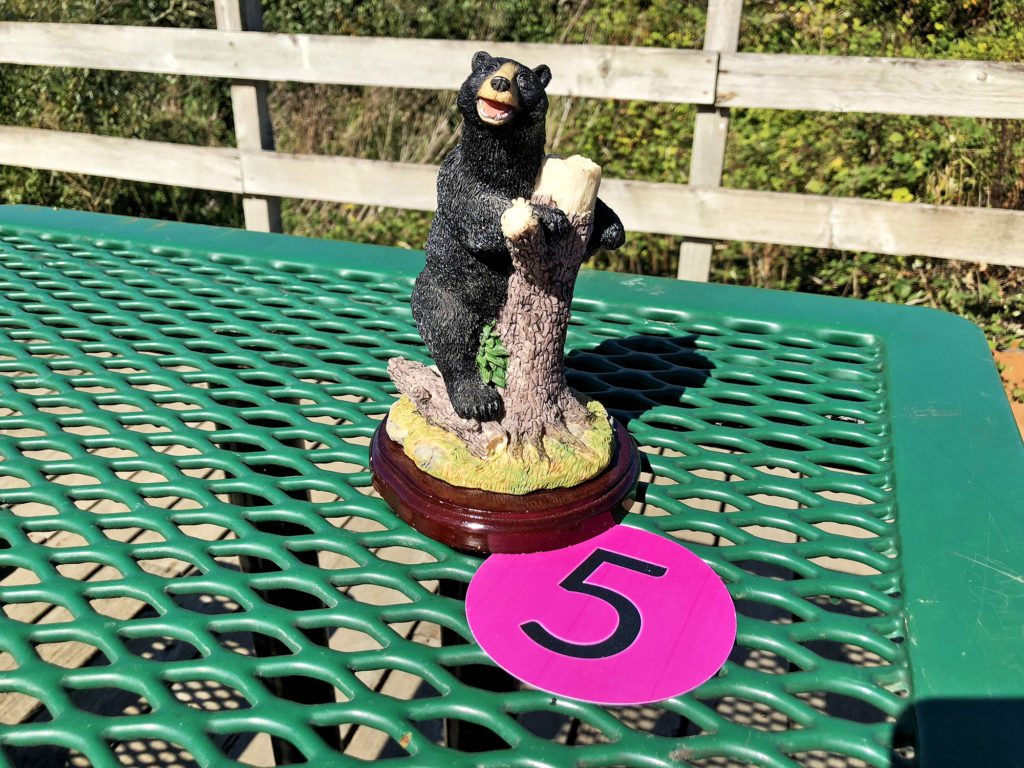
If an animal like a bear defends a territory, what kind of limited resources can that territory contain?
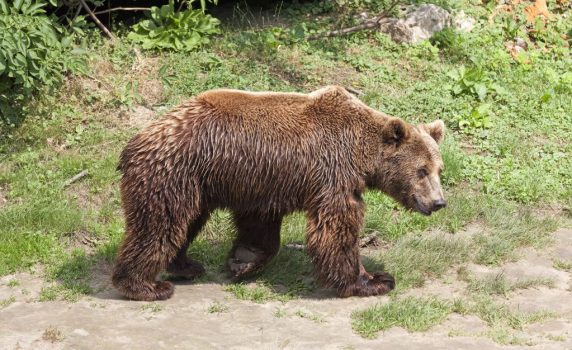
Resources within a territory can include: food, water, shelters, and potential mates.
Territorial behavior can have a strong genetic basis, often promoted by hormones related to reproduction.
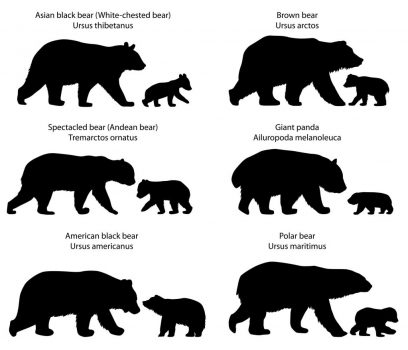
Are these bear cubs “playing” for enjoyment or following genetically determined behavioral patterns?
One possibility is that these bears are practicing activities they may carry out in the future, like defending a territory, attracting a mate, or finding food. Another possibility is that bears may experience positive feelings from these activities as many of their hormones and neurotransmitters (chemicals of the nervous system) are similar to humans.
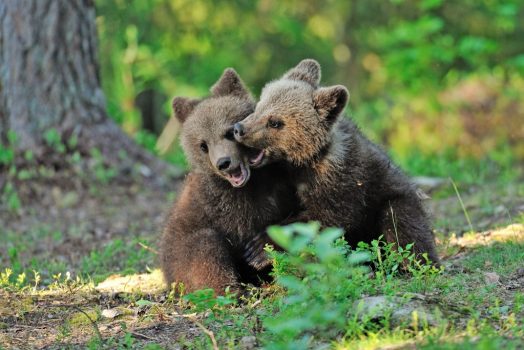
Invasive “non-native” species are often effective at obtaining and defending territories.
This is one of the invasive crayfish species in Oregon. It defends a PVC pipe in reaction to being approached. In the wild crayfish need to shelter to avoid being eaten by larger crayfish and large fish.
Male Betta fish defend a space and blow a nest of bubbles that females lay their eggs within. Defending their small territory and the nest is critical, and they are genetically programmed to defend their territory against other males, even to the point it may result in death of one or both males.
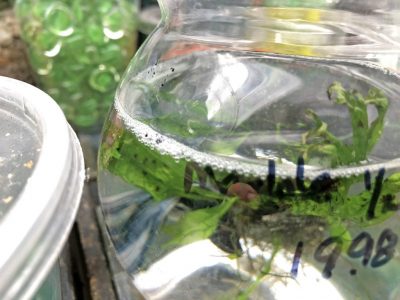
Bubble Nest
Males put a great deal of energy and time into building and maintaining a bubble nest, sometimes even in gently moving water.
Betta Male
In nature the males are larger and more colorful than the females and would not tolerate small fish like these guppies in their territory.
These two male bettas have just been put into a tank with a glass barrier separating them. They are “displaying,” a series of behaviors that make them appear larger. From the video, what do you think these behaviors are?
Betta males (and some females) can also make these postures in response to bright colors in other fish or inanimate objects like marbles on the bottom of the tank.
When housing individuals of a territorial species, its about more than just the space.
Similar to Betta, Badis fish raised in captivity can only be kept together until they reach a certain age, and then the males establish reproductive territories. In the case of Badis, the male defends a cave with a flat interior “roof,” attracts the female to the cave, chases her away after she lays the eggs, fertilizes them, and then tends the developing eggs and hatched fry.
Animals that typically have large territories, like this Siberian Lynx in a rehabilitation center, often pace long distances as they would in the wild. This takes a large amount of food energy to sustain.
Since habitat loss is extensive globally, highly territorial species that do not thrive in captivity are generally less likely to avoid extinction.
We will be exploring more on the genetic basis of observed animal behaviors in upcoming guides.











